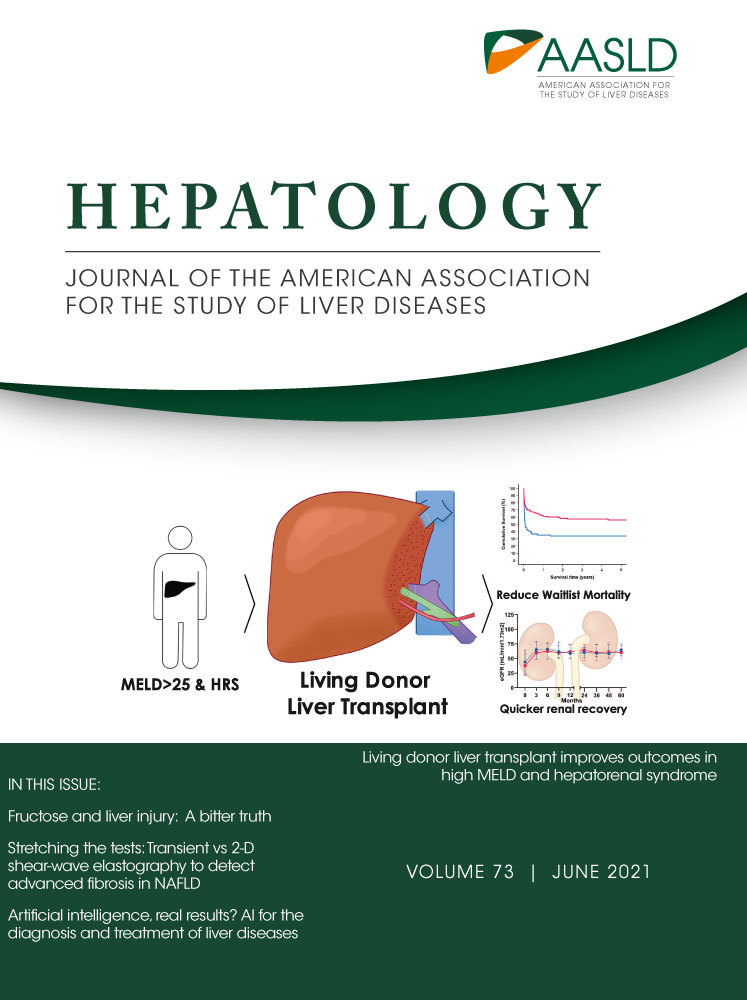Letter to the Editor: The Limited Functions and Mechanisms of CircASAP1 as a Sponge of Onco-microRNAs
Hu et al. reported on the functional mechanisms, likely tumorigenesis-promoting mechanisms, and the potential clinical applications related to the circular RNA (circRNA) derived from exons 2 and 3 of the ArfGAP with SH3 domain, ankyrin repeat and PH domain 1 (ASAP) gene (circASAP1), which serves as a noninvasive prognostic predictor in hepatocellular carcinoma (HCC) metastasis and prognosis.( 1 ) While this article will bring important roles and high potential clinical application value for patients with HCC, there remains substantial evidence to warrant concerns over the limited functions and mechanisms of circASAP1 as a sponge of onco-microRNAs (miRNAs).( 2, 3 )
In their manuscript, the authors have made some strong comments: “Many circRNAs contain potential miRNA response elements, which suggests that circRNAs can act as miRNA sponges, forming a circRNA–miRNA–mRNA axis to exert their biological roles,” “CircASAP1 is a sponge for miR-326 and miR-532-5p,” “CircASAP1 promotes HCC metastasis and progression by sponging miR-326 and miR-532-5p,” and “Theoretical and experimental research has shown that some circRNAs function as sponges to arrest microRNA (miRNA) functions.”( 1 ) Indeed, it was reported that most circRNAs, which are much less abundant than onco-miRNAs, were not predicted to function sponging of onco-miRNAs nearly as effectively as cerebellar degeneration related protein 1 antisense RNA (CDR1as).( 2, 3 ) CDR1as (also known as ciRS-7, one of the best-known circRNAs) has the capacity to bind to up to 20,000 miR-7 molecules per cell, harbors over 70 selectively conserved miRNA target sites to miR-7, and stands alone as the most compelling onco-miRNA sponge for any conserved microRNA seed family.( 2, 3 ) Therefore, the authors should have discussed the limited functions and mechanisms of circRNAs as sponges of onco-microRNAs and added more details about the potential implications and clinical significance of onco-miRNAs.




